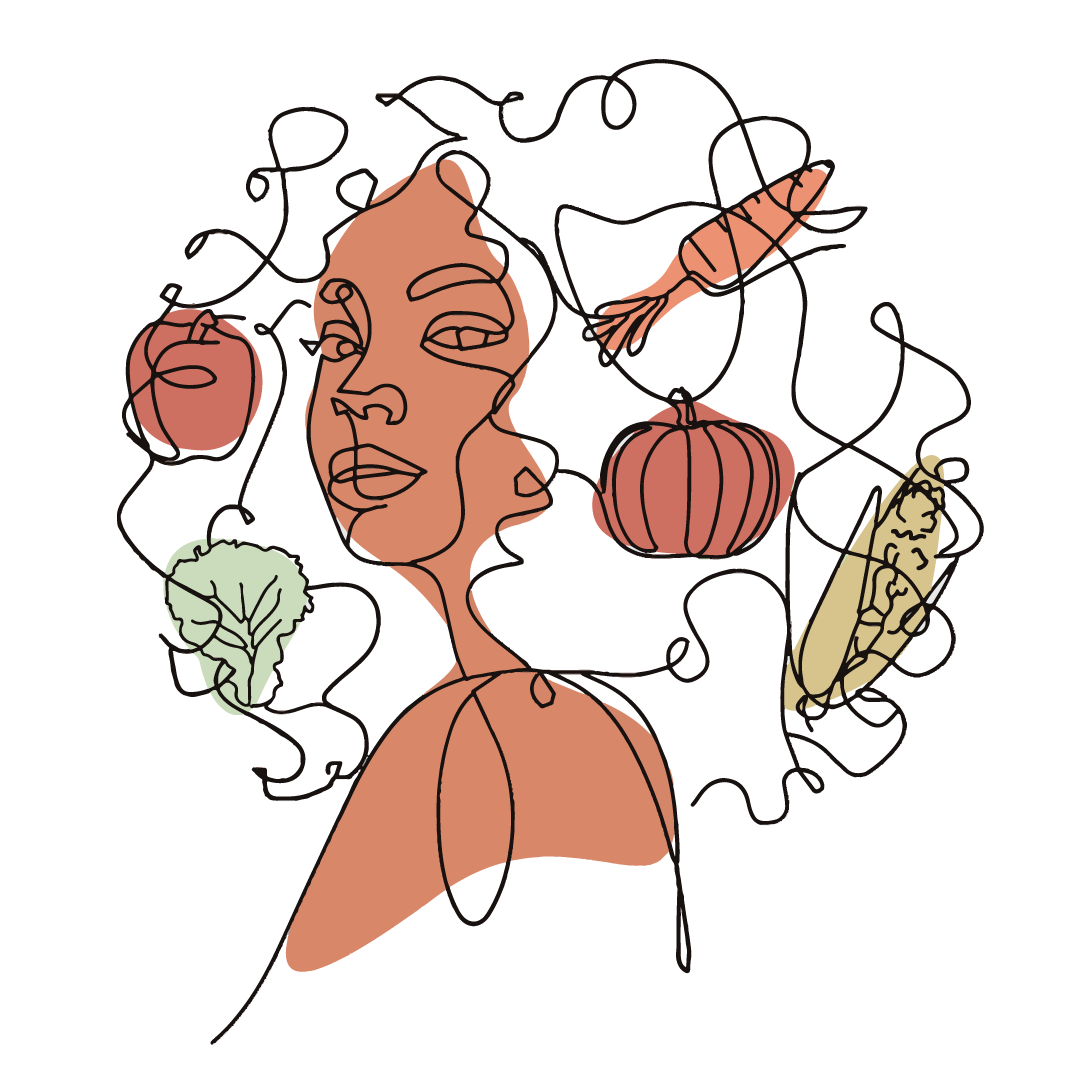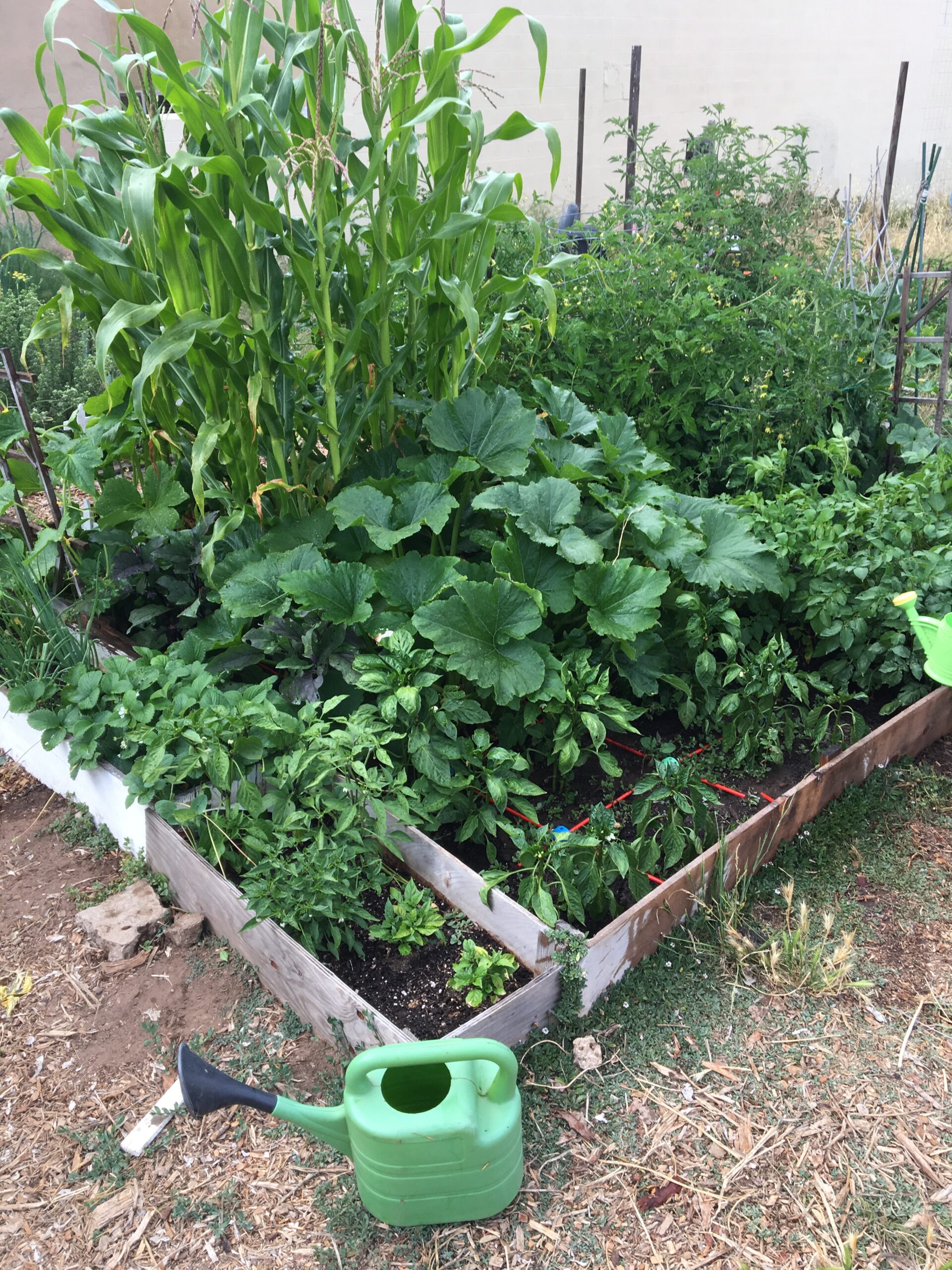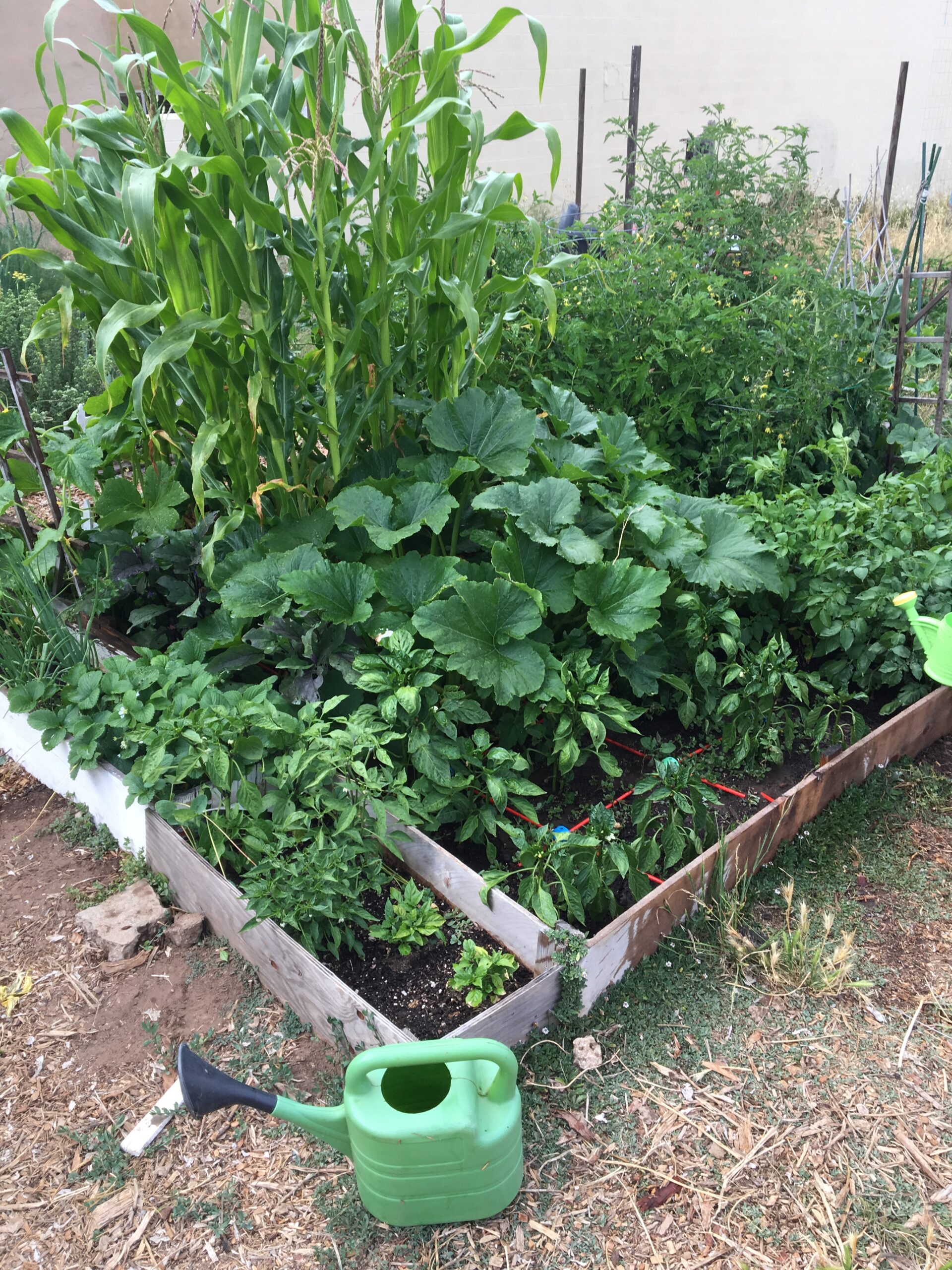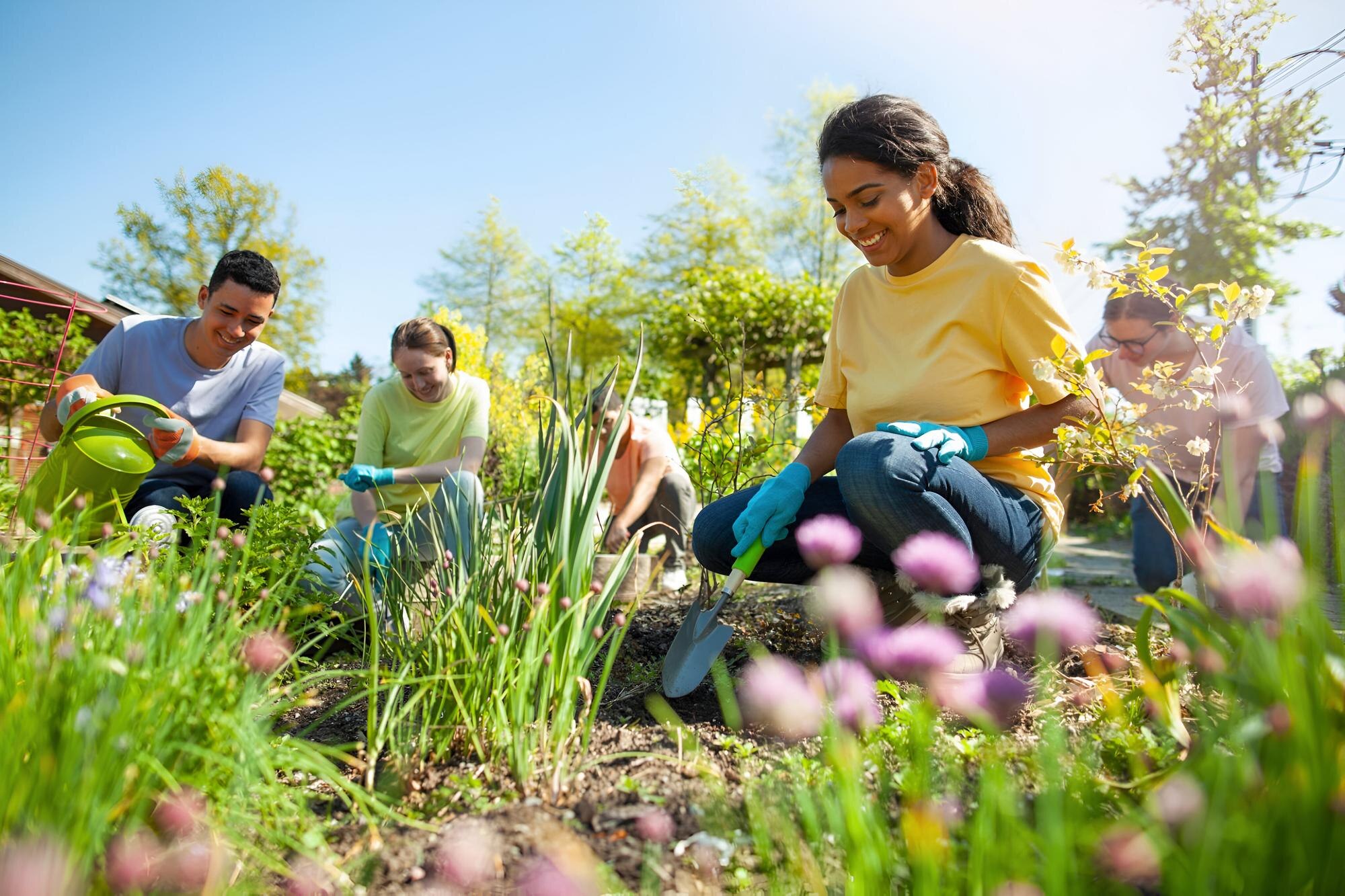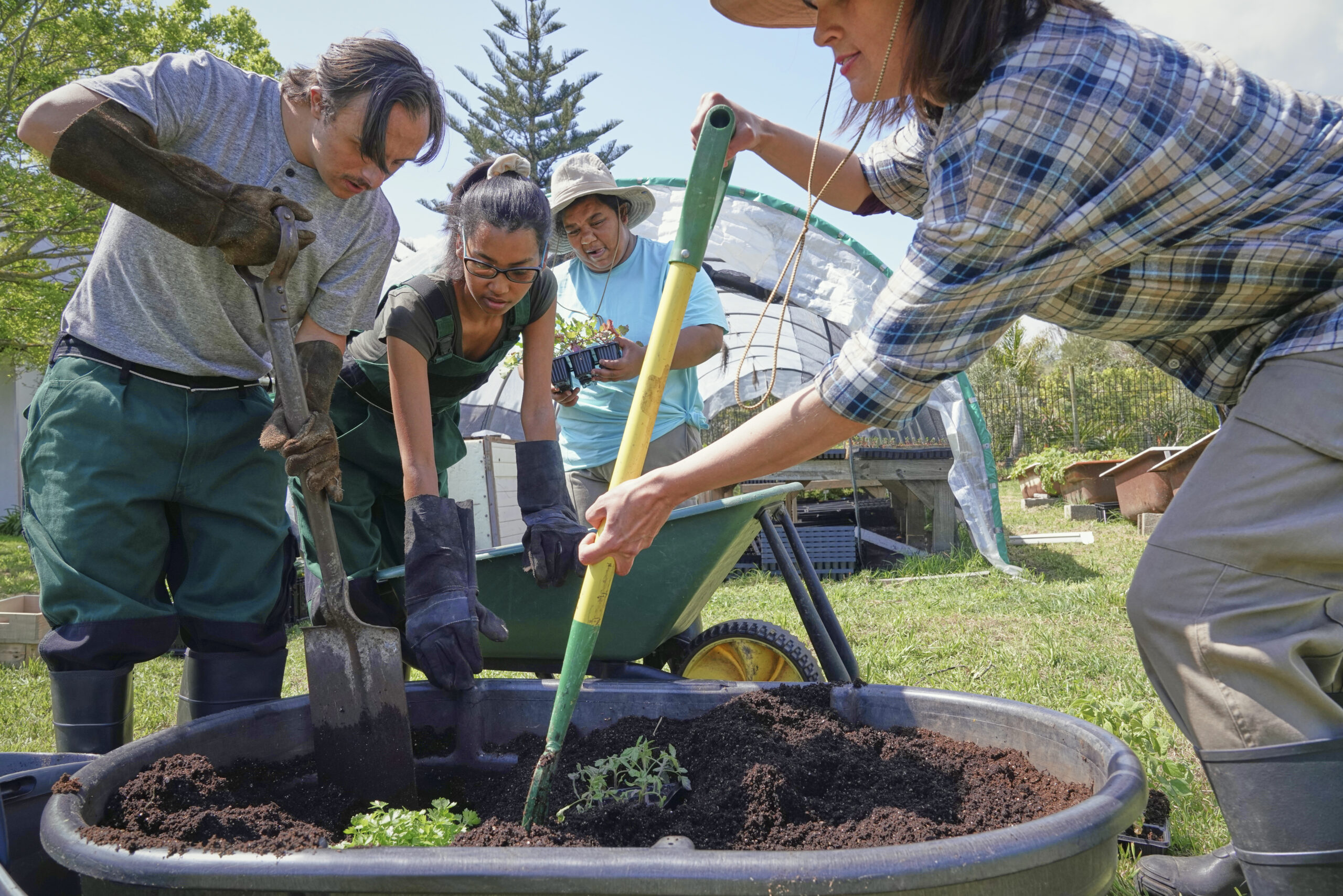Quick Tips to Boost Your Garden’s Sustainability Today
Most gardeners want an eco-friendly garden but feel stuck not knowing where to start. You’re ready to grow a space that cares for soil health, saves water, and invites wildlife—but simple steps seem hard to find. This guide shares quick garden tips to boost your sustainability today, so you can nurture your patch and your community with confidence. Join our upcoming workshop to explore these techniques hands-on and connect with fellow garden enthusiasts!
Soil Health Secrets
Healthy soil is the foundation of a thriving eco-friendly garden. Let’s uncover some simple tricks to enrich your soil naturally.
Composting Made Easy
Turning kitchen scraps into compost is a straightforward way to boost soil quality. Start with a designated bin for collecting fruit peels, coffee grounds, and veggie scraps. These items break down into rich compost over time.
To speed things up, turn your compost pile every couple of weeks and maintain a balance of green and brown materials. Remember, no meat or dairy, as they can attract pests. One cubic yard of compost can enrich a garden bed significantly. Composting is not just recycling; it’s about transforming waste into a soil superhero. You might think it’s complicated, but many gardeners find it surprisingly simple and rewarding.
Natural Fertilizers to Try
Chemical fertilizers can harm soil health over time. Instead, explore natural options like bone meal or worm castings. Bone meal is packed with phosphorus, which aids root growth, while worm castings introduce beneficial microbes to the soil.
Sprinkle a cupful around your plants every few months. An alternative is creating a compost tea—steep compost in water overnight and water your plants with this nutrient-rich liquid. Think of these fertilizers as a gentle nudge to help your garden flourish without the harsh side effects of chemicals.
Water Conservation Techniques
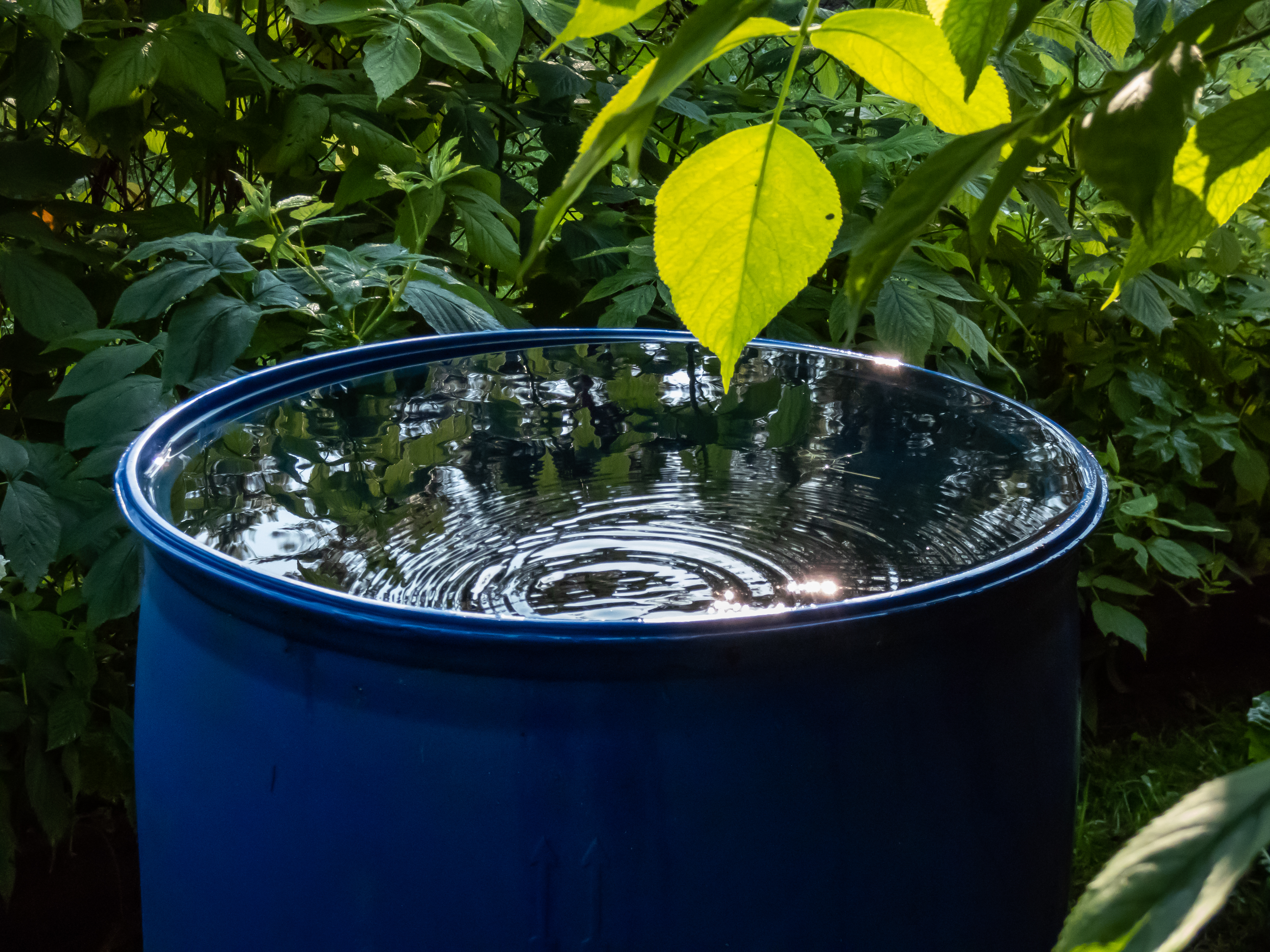
With soil health underway, it’s time to embrace water-saving strategies that benefit both your garden and the environment.
Drip Irrigation Basics
Drip irrigation delivers water directly to plant roots, minimizing waste. Begin with a basic setup from your local garden center. Lay the tubing along your plant rows and secure it using stakes.
Connect the tubing to a water source and adjust the flow as needed. This system can reduce water usage by up to 50% compared to traditional methods. Most gardeners think of watering as an overhead task, but drip systems show how targeted hydration can work wonders. It feels like a significant shift, but the rewards are worth it.
Rainwater Harvesting Tips
Why let rain go to waste when it can nourish your garden? Setting up a rain barrel system is easy. Position a barrel under a downspout to collect runoff from your roof.
With every inch of rain, a typical roof can produce hundreds of gallons of water. Use this bounty to hydrate your plants and lawn. It’s a natural, cost-effective way to conserve water and is a perfect fit for any eco-friendly garden. Many people overlook this resource, but it’s akin to tapping into nature’s savings account.
Boosting Biodiversity
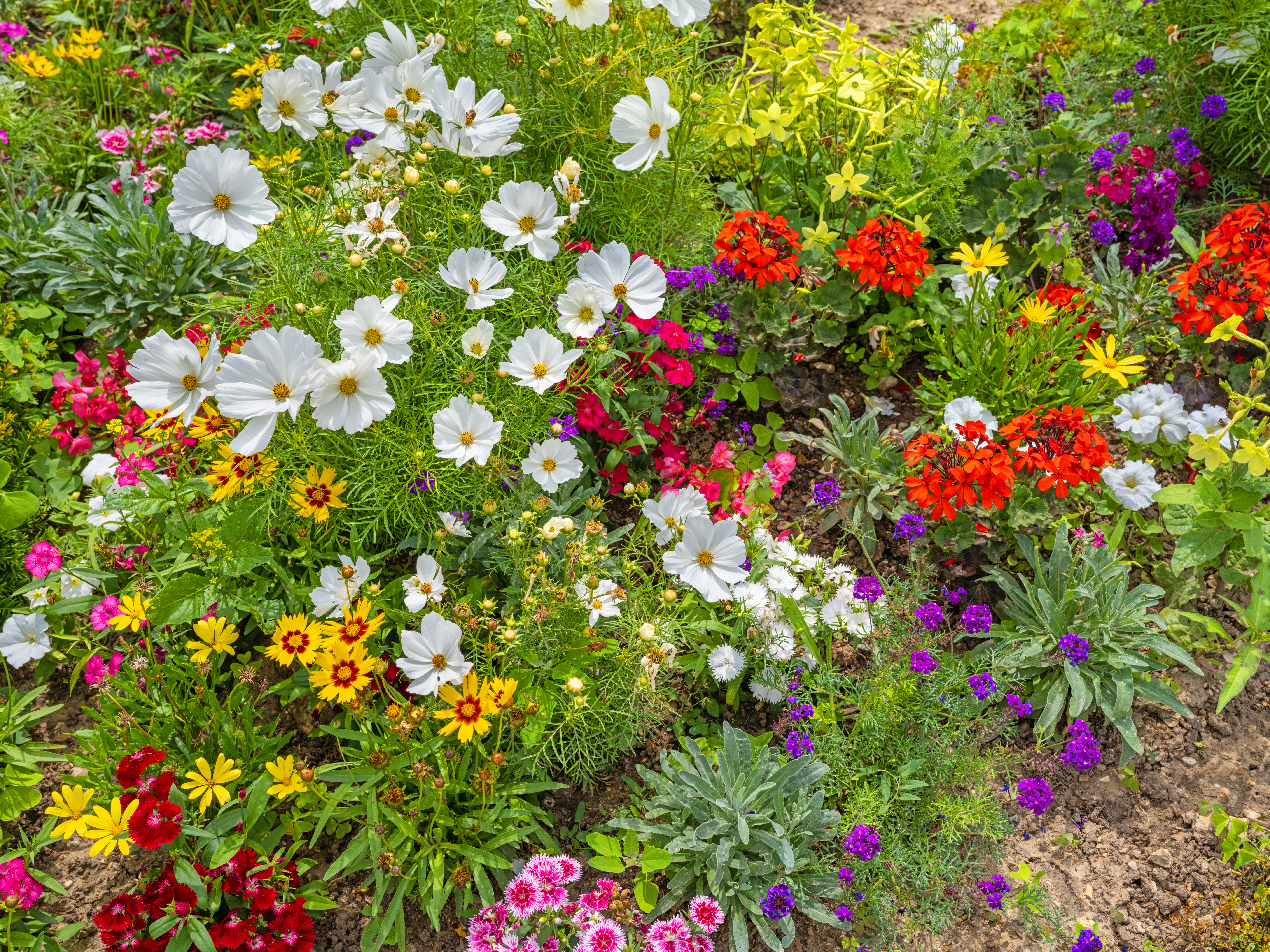
Creating a garden that supports diverse life forms is crucial for sustainability. Let’s explore how to attract helpful creatures to your garden haven.
Attracting Pollinators
Pollinators like bees and butterflies are vital for plant reproduction. Planting flowers such as lavender, sunflowers, and coneflowers can invite these visitors. Mix colors and bloom times to provide a continual food source.
Consider leaving some areas slightly wild, as pollinators love a bit of chaos. One in three bites of food we eat relies on these little helpers. Encourage them with simple habitats, and your garden will repay you with bountiful blooms and fruit.
Building Wildlife Habitats
Your garden can be a refuge for local wildlife. Start by adding a birdbath or small pond to support birds and amphibians. Use logs or stones to create shelters for small critters.
Native plants are also crucial, as they offer food and shelter to local species. A garden buzzing with life not only benefits the ecosystem but also brings joy and education to families and visitors alike. Most think of gardens as just plants, but they’re vibrant ecosystems waiting to be discovered.
Remember, every small change makes a big impact. By taking these steps, you’re not just enhancing your garden—you’re contributing to a healthier planet. Let’s grow this movement together!
